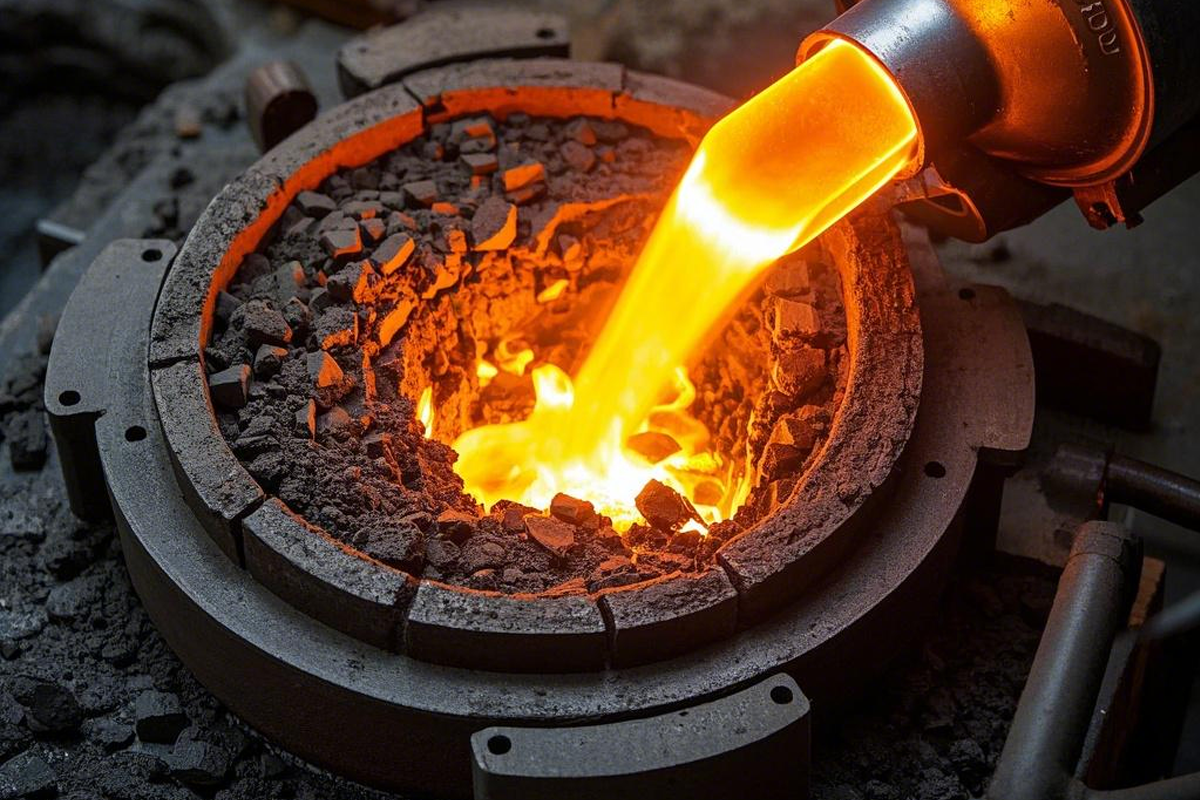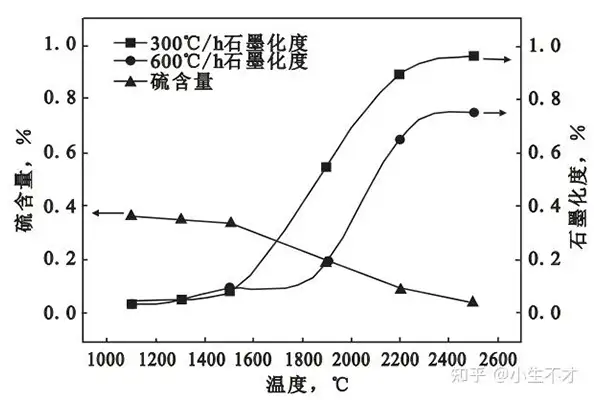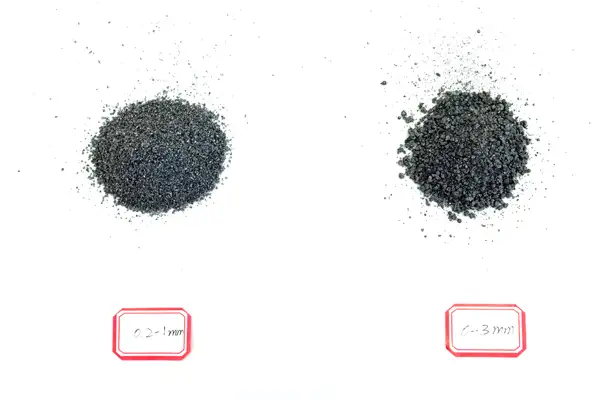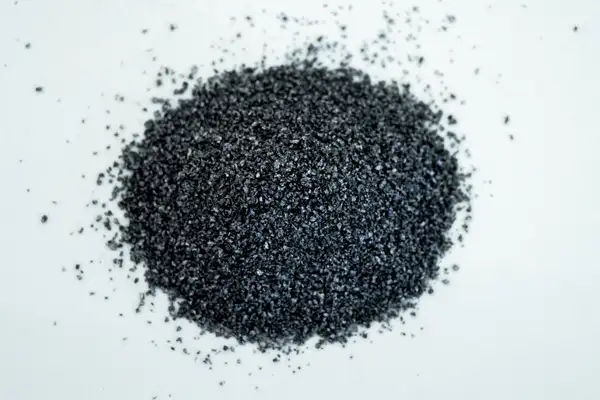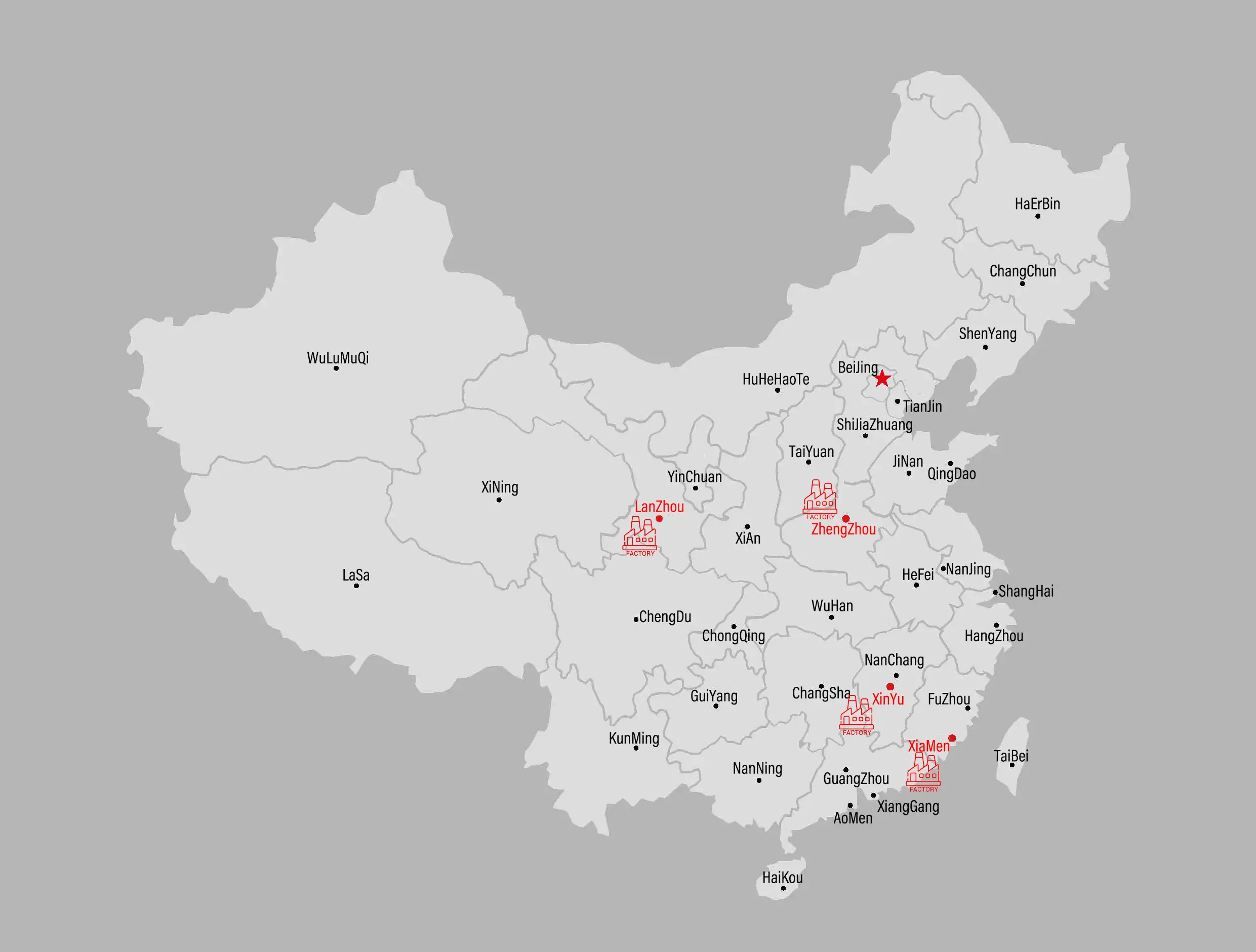Zhengzhou ChangHeYue New Material CO.,LTd
In the complex and vital field of casting, graphitized carburizers have emerged as a crucial component, significantly influencing the quality and properties of cast products. These specialized carburizers are distinct due to their high – degree of graphitization, which imparts unique characteristics and advantages in the casting process.
1. Enhancing Carbon Absorption Efficiency
One of the primary functions of graphitized carburizers in casting is to enhance the efficiency of carbon absorption. When added to the molten metal, their highly graphitized structure allows for rapid and effective dissolution. In a foundry setting, time is of the essence, and the ability of graphitized carburizers to quickly release carbon into the melt streamlines the production process. For example, in large – scale steel casting operations, where high – volume production is required, the fast – acting nature of graphitized carburizers ensures that the desired carbon content can be achieved promptly. This not only increases productivity but also reduces the overall energy consumption associated with maintaining the molten metal at high temperatures for extended periods to achieve proper carbon saturation.
2. Refining the Microstructure
Graphitized carburizers play a pivotal role in refining the microstructure of castings. The graphite in these carburizers acts as nucleation sites during solidification. In the case of cast iron, for instance, the presence of well – dispersed graphite particles from graphitized carburizers promotes the formation of a more uniform and fine – grained microstructure. A fine – grained structure is highly desirable as it improves the mechanical properties of the casting. It reduces the size of potential crack – initiation sites, enhancing the casting’s resistance to fractures. Additionally, the uniform distribution of graphite helps in stress – relief within the casting, which is crucial for components that will be subjected to various mechanical loads during their service life.
3. Improving Mechanical Properties
The use of graphitized carburizers has a profound impact on the mechanical properties of castings. In steel casting, an appropriate addition of graphitized carburizers can increase the carbon content to levels that optimize strength and hardness. For parts such as gears and shafts, which require high wear – resistance and load – bearing capacity, the enhanced carbon content from graphitized carburizers contributes to the formation of a harder and more durable material.
In cast iron applications, especially in the production of ductile cast iron, graphitized carburizers are essential for promoting the formation of graphite nodules. These nodules improve the ductility and toughness of the cast iron. Components made from such ductile cast iron, like automotive suspension parts, can withstand significant impact and dynamic loads without fracturing, ensuring the safety and reliability of the end – product.
4. Reducing Casting Defects
Graphitized carburizers can also help in reducing casting defects. Their uniform carbon – release characteristics prevent the formation of carbon – rich or carbon – poor regions within the casting. Uneven carbon distribution can lead to defects such as porosity, shrinkage, and variations in hardness. By ensuring a consistent supply of carbon throughout the molten metal, graphitized carburizers contribute to a more homogeneous casting structure. This results in a higher – quality final product with fewer rejects, which is not only beneficial for the foundry’s production efficiency but also for its cost – effectiveness, as fewer resources are wasted on re – melting or scrapping defective castings.
In conclusion, graphitized carburizers are of utmost importance in the casting industry. Their ability to enhance carbon absorption, refine the microstructure, improve mechanical properties, and reduce casting defects makes them an indispensable tool for foundries aiming to produce high – quality, reliable castings for a wide range of applications, from automotive and aerospace to industrial machinery and construction.
